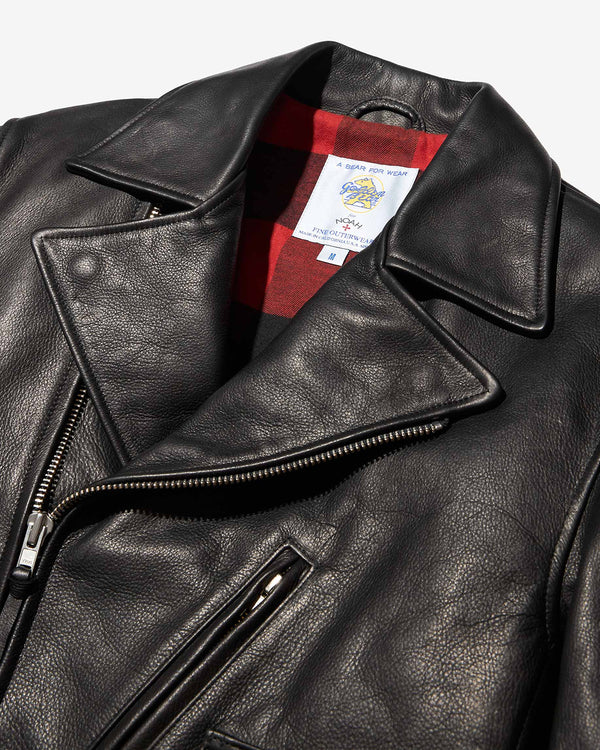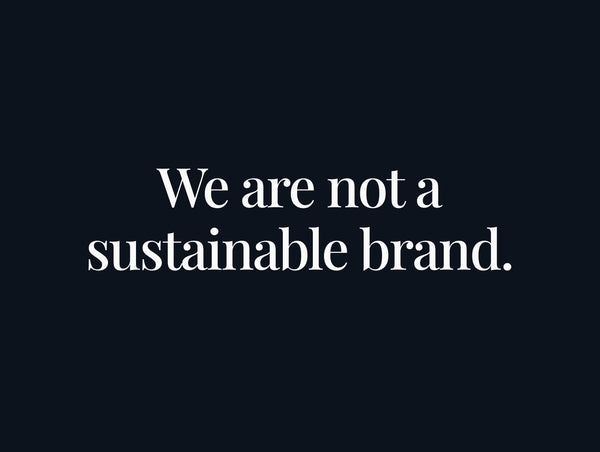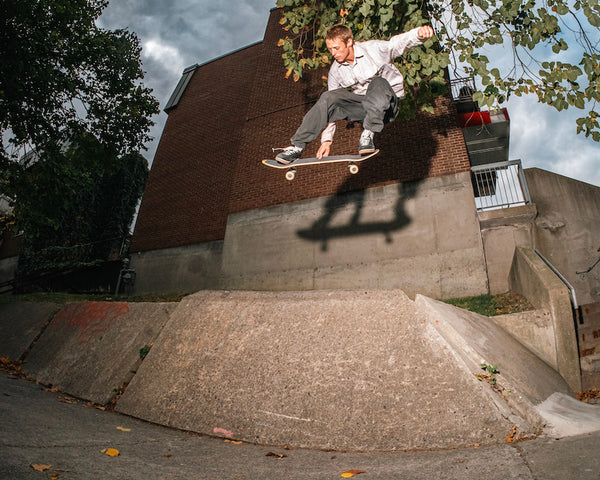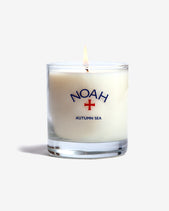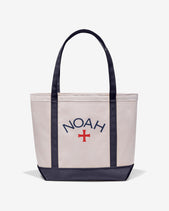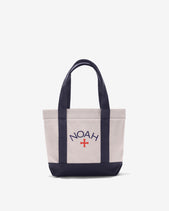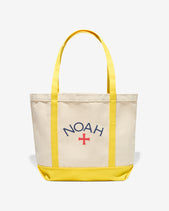
Noah Surf - Fall/Winter ‘21
A conversation with John Simon of Trimcraft
Photos by Nathan Khalsa
In putting together Noah’s second collection of surfing hard goods this season, we wanted to stay true to the foundational beliefs of our brand: careful, uncompromising attention to detail and quality, and manufacturing in countries and factories that place tradition, expertise and human dignity above everything else.
If there’s one industry with a checkered past (and present) in terms of manufacturing practices, it’s the surf industry; and for a sport that traditionally takes place in a natural environment, the materials that go into its equipment are pretty toxic. Unfortunately, those materials happen to have a long performance track record–surfboards and wetsuits made from traditional synthetics simply work better than most new, unproven, alternative materials on the market.
As for the process of building a board, however, the overriding trend of CNC machine-cut surfboards made in overseas factories is not the better option. It may save companies money, but it displaces a long and honorable tradition of hand-building. One way to remedy this trend is to build better, build domestic, and build to last. We turned to a company that’s been leading the way for some time with their unique processes and business model.
Trimcraft was founded in 2016 with the goal of furthering the tradition of hand-shaped surfboards while bringing it to a wider audience. They’re able to do this by having their master shapers not only design their surfboards, but also educate a younger generation of board-builders across America on how to hand-shape their designs. The apprentice shapers are then able to work regionally, and bring production built surfboards to life for local customers and shops. This preserves and disseminates a vanishing skill set, enables the physical manufacturing of the boards to take place in different parts of the country, and produces a product of higher quality and performance that is built to last.
Our new Fall / Winter boards were shaped by John Simon and glassed by Joseph Yee, both from Trimcraft’s roster. Simon is based in Ventura, California, where he’s been shaping for 6 years (3 of them for Trimcraft). We took a moment to catch up with him to talk board design, influences, and thoughts on the current state of board manufacturing.

Who taught you when you were starting out?
A Ventura shaper named Russell Hoyte was kind enough to open his factory to myself and my friends to shape our first few boards, and he showed me some basics. A few months later, I met Ryan Lovelace and started watching him shape - learning from his process. Ryan has since given me a lot of opportunities, and I am so thankful for that. Shortly after meeting Ryan, I met Michael Arena, whom I got to watch and learn from as well. I’ve learned so much from both of them, and I still do, on a daily basis.
How important is hand shaping to you in comparison to machine-made boards?
Hand shaping definitely means a lot to me. It’s a lot of fun, and very fulfilling. It was the only type of shaping I was exposed to when I was younger. Machine shaping seems like a really awesome tool that’s great for consistency and reproducing designs at a faster rate; for scaling a business and increasing production. I don't think of one as better than the other–both methods of production have the ability to create amazing surfboards.

Is the hand vs. machine-shaped debate even relevant?
There seem to be a lot of surfboard consumers who really care about how their board was shaped. I think transparency on this subject is important and fair for them to know about. There seems to be a growing number of younger people getting into hand shaping, and it feels really cool to be a part of it.
You put a lot into your boards conceptually. Do you feel like there’s a chance of ever over-designing a surfboard?
I don’t think it’s possible to over-design a surfboard if each design feature has a purpose and does not contradict another feature. If you can explain what each feature is doing, and why it’s incorporated, and–most importantly–feel it all working together in the water, I think it ‘s totally justified. Trying new designs keeps surfing fun, and constantly gives you new feelings. Sometimes those feelings are great, and sometimes they're not. If they're not, then going back to the design, diagnosing what went wrong, and fixing it on the next one is all part of the fun.

Tell us about some of the concepts you’re putting into your own designs these days, and how that’s been influencing the boards you make for Trimcraft.
I've been shaping a lot of quad-fin boards, but definitely do twins and thrusters often as well. I want to give every part of the board a function and a purpose. I’ve been shaping steps, inverted panel Vs, and different concaves on the bottoms of boards–a lot of short, fish-style boards with lower rockers and concave decks, as well as alternative performance shortboard replacements. I’ve even been stretching those into step-up boards for bigger surf. I’ve also been doing some quad-fin eggs with single concaves and flat-panel bottoms in the 6’6” to 7’2” range, which have been fun. The things I’m learning definitely cross over into my Trimcraft work. It’s a really good balance of spending time replicating their proven designs, and, on the other side of the spectrum, getting to be extremely creative and spontaneous with my own boards. They complement each other very well, and I’m constantly learning.
What are you riding at the moment and what does your personal quiver look like?
I’ve been riding a 6’0’’ asymmetric quad with a flex tail for the last couple weeks, and that’s been fun. I’ve mainly been riding quad fins at the moment–a few 6’0’ quad-fin performance boards, and a few narrow, asymmetric ones for hollow surf. I have these two 7’0’’ asymmetric step-ups with a fin setup that has been feeling really cool. It’s a twin fin with 2 small trailers behind each one to give the twin some extra drive, but without being as pivotal as a center trailer; sort of blending feelings of twins and quads. I’ve also been riding some 5’7’’ quad fish-type boards with concave decks and different bottom shapes and rockers with a lot of continuous curve in their outline.
What’s next for John Simon?
I hope to do some more travel shaping, and to experience different communities and meet new people. I hope to push the limits of surfboards and contribute to the evolution of them. I've been having fun working on some flex tail asymmetric shapes with steps, and offset, inverted panel-V bottoms with quad-fin setups.

